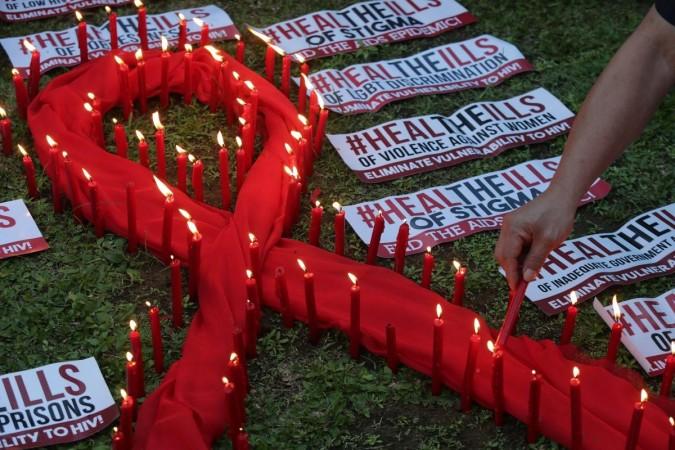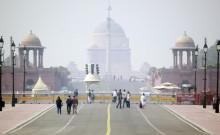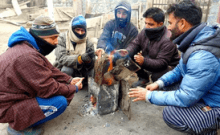
The northeastern state of Tripura in India has reported a concerning rise in HIV/AIDS cases. The government recently revealed that during the 2023-24 period, 1790 individuals were infected by HIV/AIDS, marking a positivity rate of 0.92%. This alarming statistic underscores the ongoing struggle against the HIV/AIDS epidemic in the region. The government, in collaboration with the National AIDS Control Programme, has implemented a series of measures to curb the spread of the disease.
The Tripura State AIDS Control Society, under the guidance of Project Director Samarpita Dutta, has been at the forefront of these efforts. Dutta stated that in the previous year, 2022-23, the state had detected new HIV/AIDS infections among 1847 people, with a positivity rate of 0.89%. Tragically, sixty-seven people, including two students, lost their lives to the disease that year. In 2023-24, the death toll was forty-four.
The National AIDS Control Programme has been operational in Tripura since April 1999. Over the span of 17 years, from April 2007 to May 2024, 828 students registered as PLHIV (People Living With HIV/AIDS), and 47 of them succumbed to the disease.

Efforts to Combat the Epidemic
The state's Chief Minister, Manik Saha, who is also an oral and maxillofacial surgeon, reiterated the government's commitment to combating the HIV/AIDS epidemic. He clarified that the 828 students who tested HIV positive over the 17-year period have received or are receiving free Anti-Retroviral Treatment (ART) as per NACO guidelines.
Efforts to combat this issue include strategies such as needle exchange programs, which provide sterile equipment to drug users to reduce infection risk. These programs also offer counseling, testing, and referrals to treatment services, aiming to curb HIV transmission while addressing substance use disorders. However, challenges persist, including stigma against drug users, legal barriers to harm reduction initiatives, and the complex social and economic contexts in which drug abuse occurs.
In Tripura, the AIDS Control Society has identified students from as many as 220 schools and 24 colleges and universities who take injectable drugs. The society has collected data from a total of 164 blocks across the state, revealing the widespread nature of the problem. The most vulnerable age group for HIV infection is between 13 to 30 years, including school-going students.
The Role of Antiretroviral Therapy
Antiretroviral therapy (ART) is the cornerstone treatment for HIV/AIDS, consisting of a combination of medications that suppress the replication of the virus in the body. By inhibiting viral activity, ART helps to maintain low levels of HIV in the blood, known as viral load, which preserves immune function and prevents progression to AIDS. This therapy doesn't cure HIV but effectively controls it, allowing people with HIV to live longer, healthier lives. Adherence to ART is crucial for its effectiveness, requiring daily medication intake as prescribed.
The situation in Tripura is reminiscent of the HIV/AIDS epidemic in Mizoram, another northeastern state in India. The population in Mizoram, mainly comprising Christians, has been grappling with the disease, with the Young Mizo Association (YMA), the largest civil society organization in the state, playing a significant role in addressing the issue. The hilly terrain of the state poses challenges to the delivery of effective health services, similar to the geographical challenges in Tripura.
In conclusion, the HIV/AIDS situation in Tripura is a pressing concern that requires immediate attention and action. The government, in collaboration with the National AIDS Control Programme and the State AIDS Control Society, is taking significant steps to control the spread of the disease. However, the rising number of infections and deaths underscores the need for more robust and comprehensive strategies to tackle this health crisis effectively. The fight against HIV/AIDS is far from over, and it is crucial that these efforts continue to evolve and adapt to the changing landscape of the epidemic.
















